See every first-round Draft pick ever selected by the Tampa Bay Buccaneers.
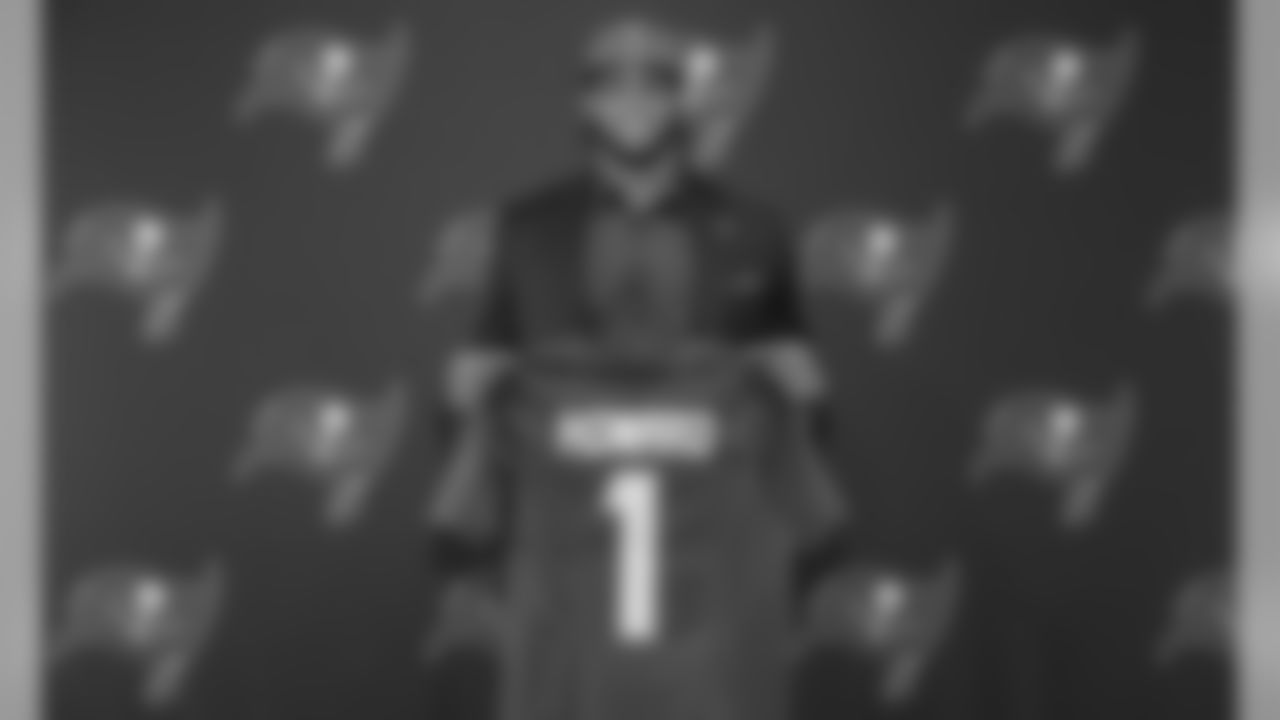
2017 - O.J. Howard, TE
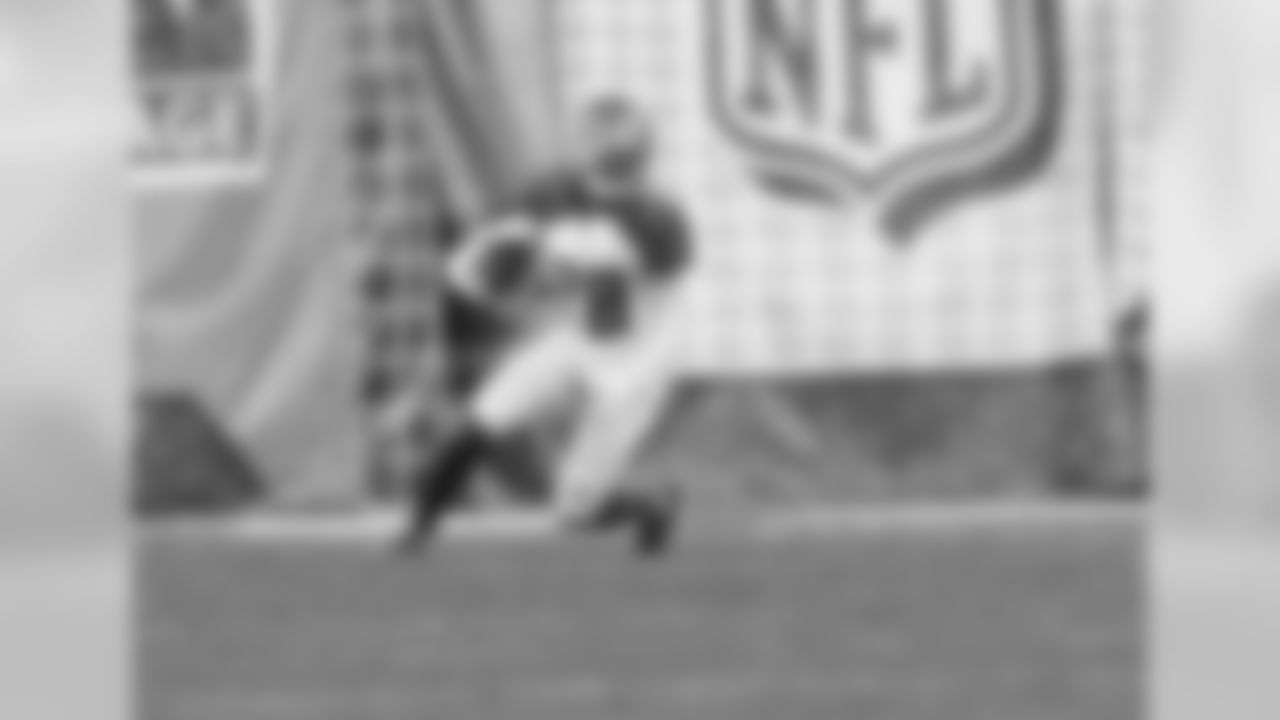
2016 - Vernon Hargreaves, CB
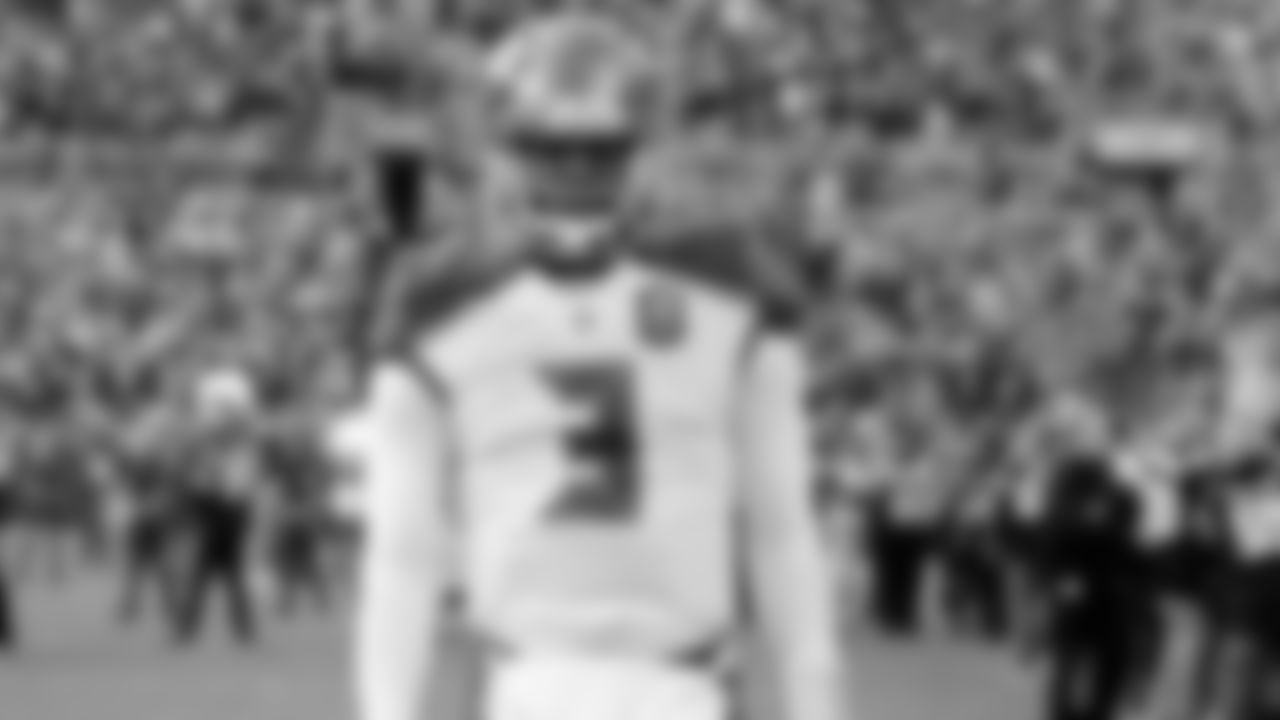
2015 - Jameis Winston, QB

2014 - Mike Evans, WR
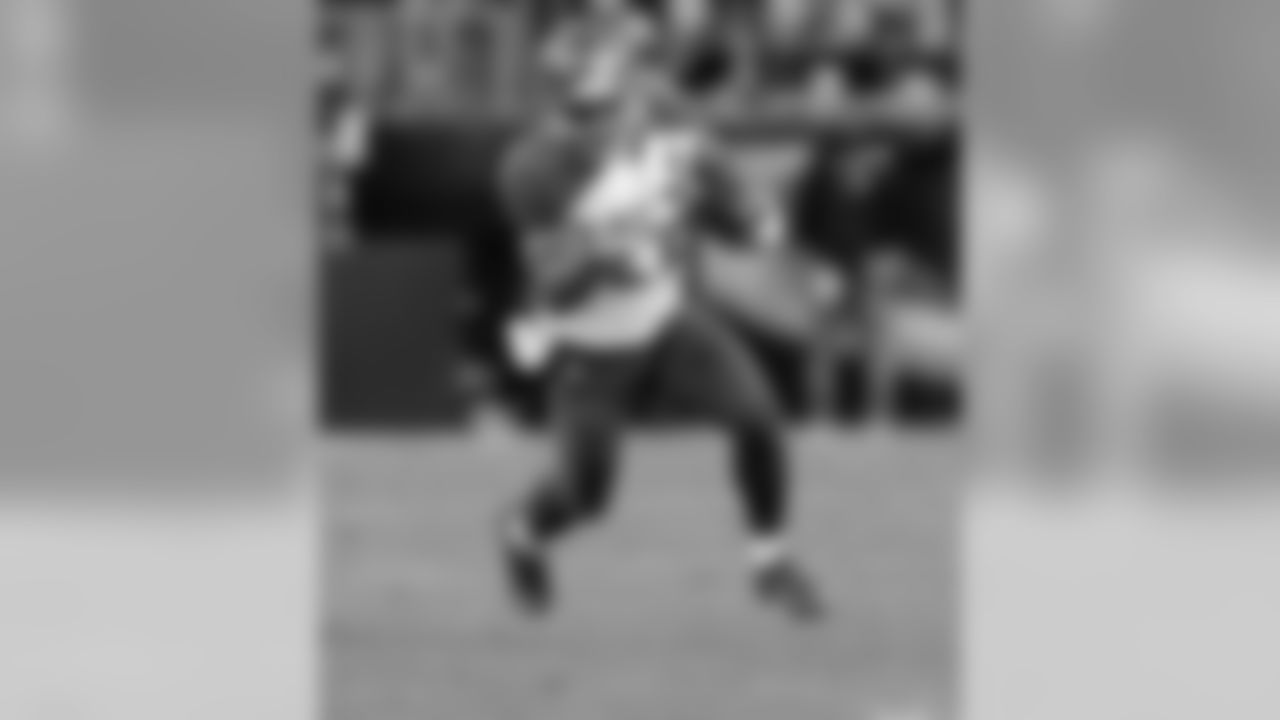
2012 - Doug Martin, RB

2012 - Mark Barron, SS

2011 - Adrain Clayborn, DE

2010 - Gerald McCoy, DE

2009 - Josh Freeman, QB

2008 - Aqib Talib, CB

2007 - Gaines Adams, DE

2006 - Davin Joseph, G

2005 - Carnell Williams, RB

2004 - Michael Clayton, WR
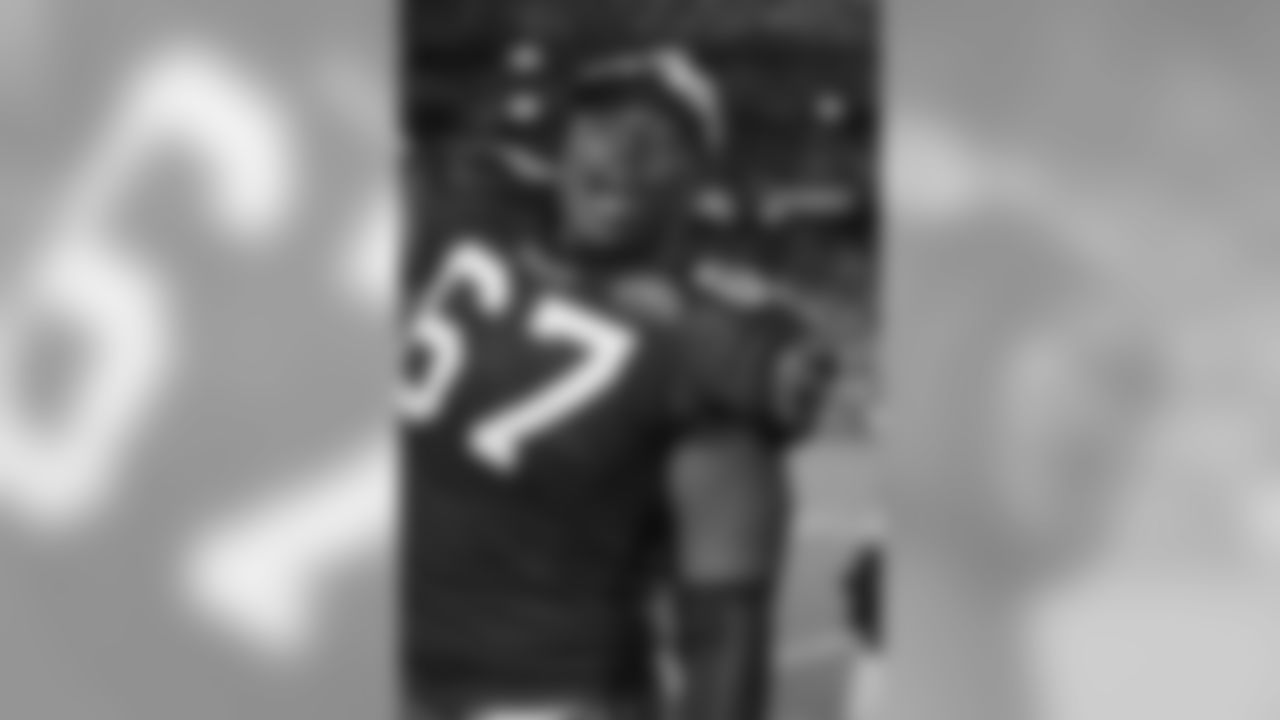
2001 - Kenyatta Walker, T
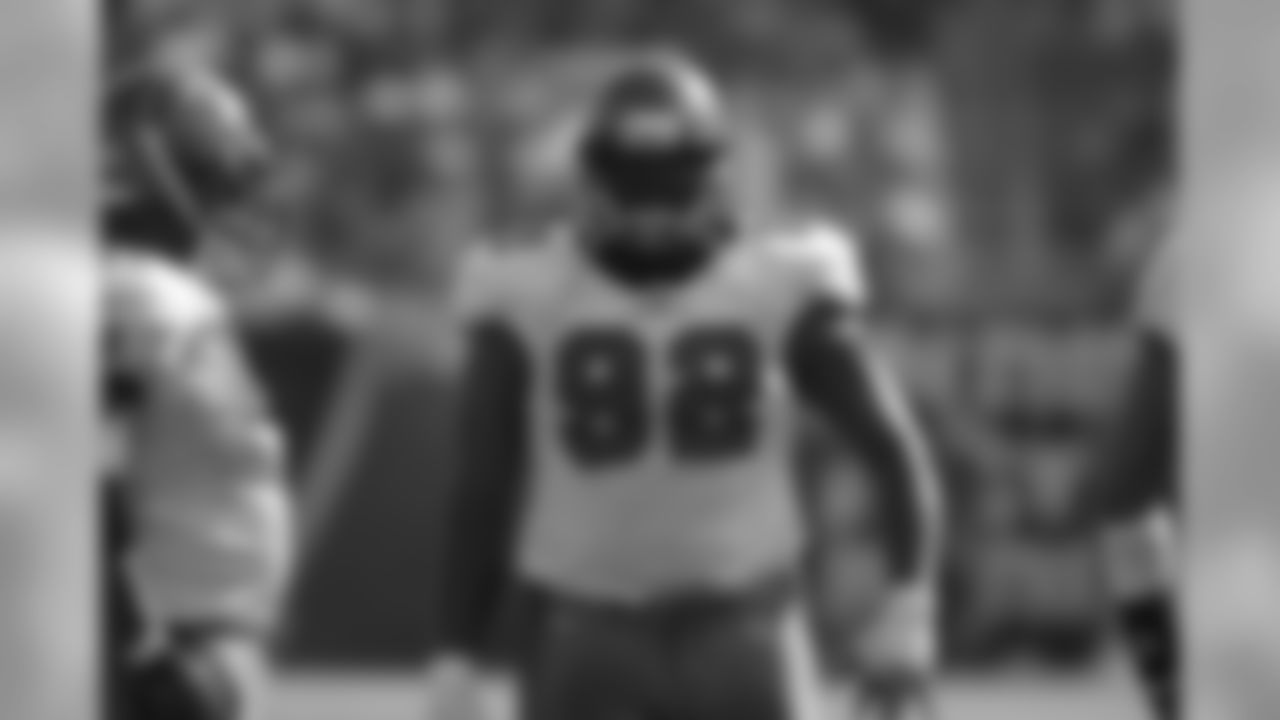
1999 - Anthony McFarland, DT

1997 - Reidel Anthony, WR
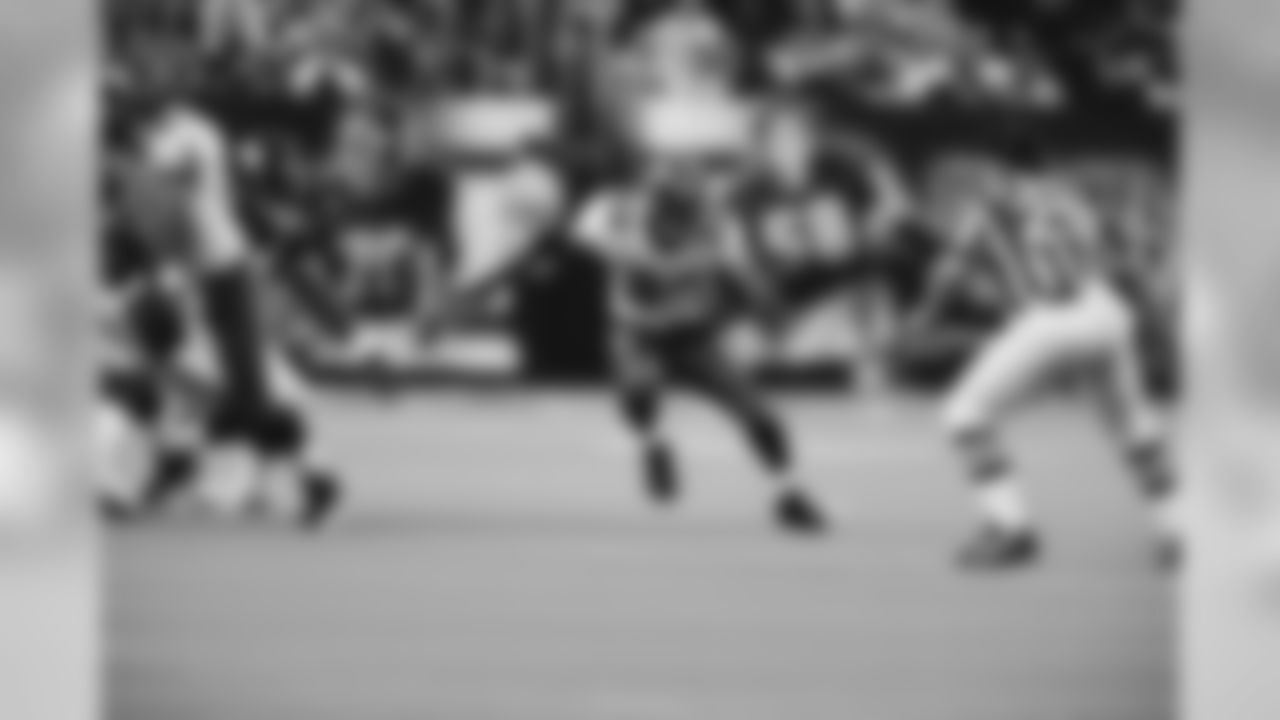
1997 - Warrick Dunn, RB
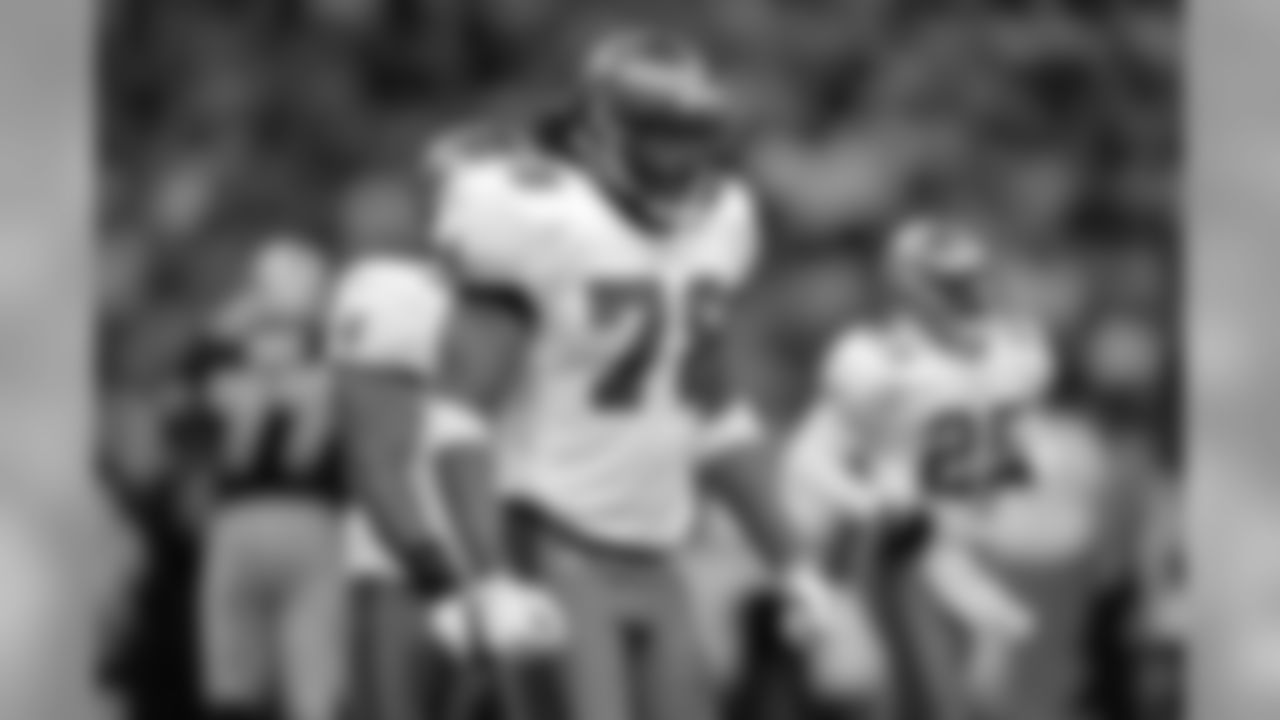
1996 - Marcus Jones, DT

1996 - Regan Upshaw, DE
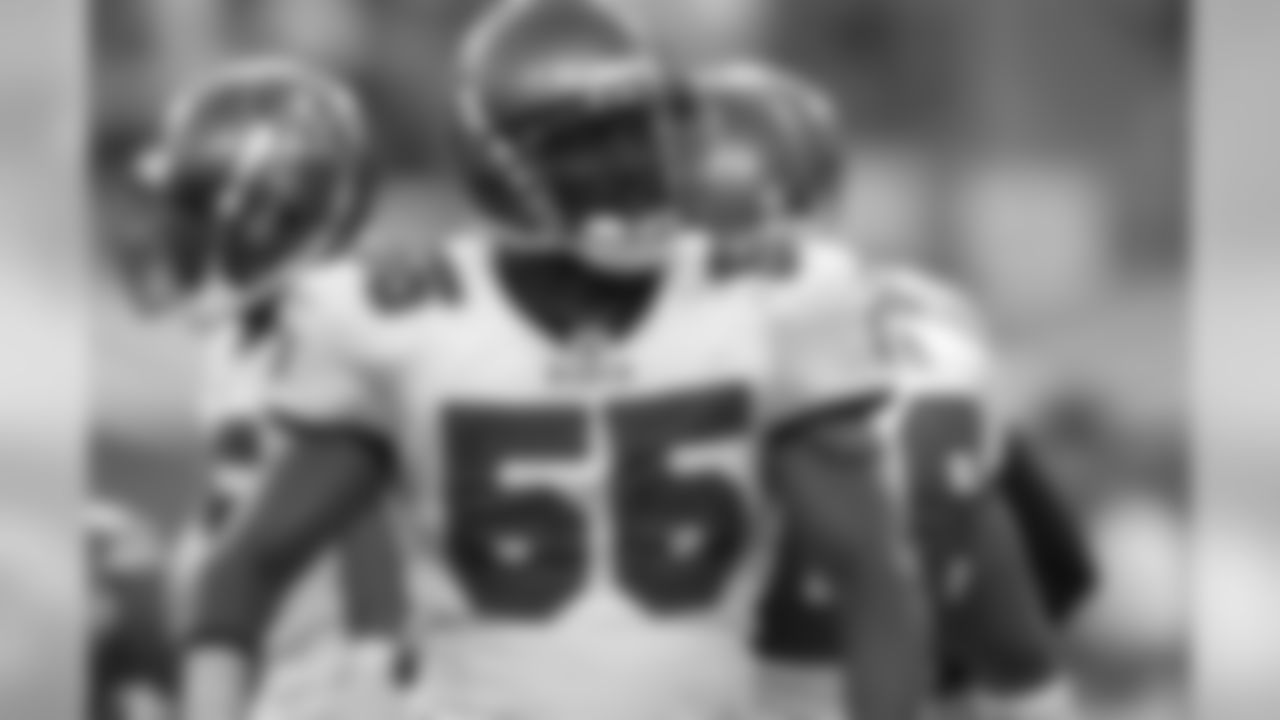
1995 - Derrick Brooks, LB

1995 - Warren Sapp, DT
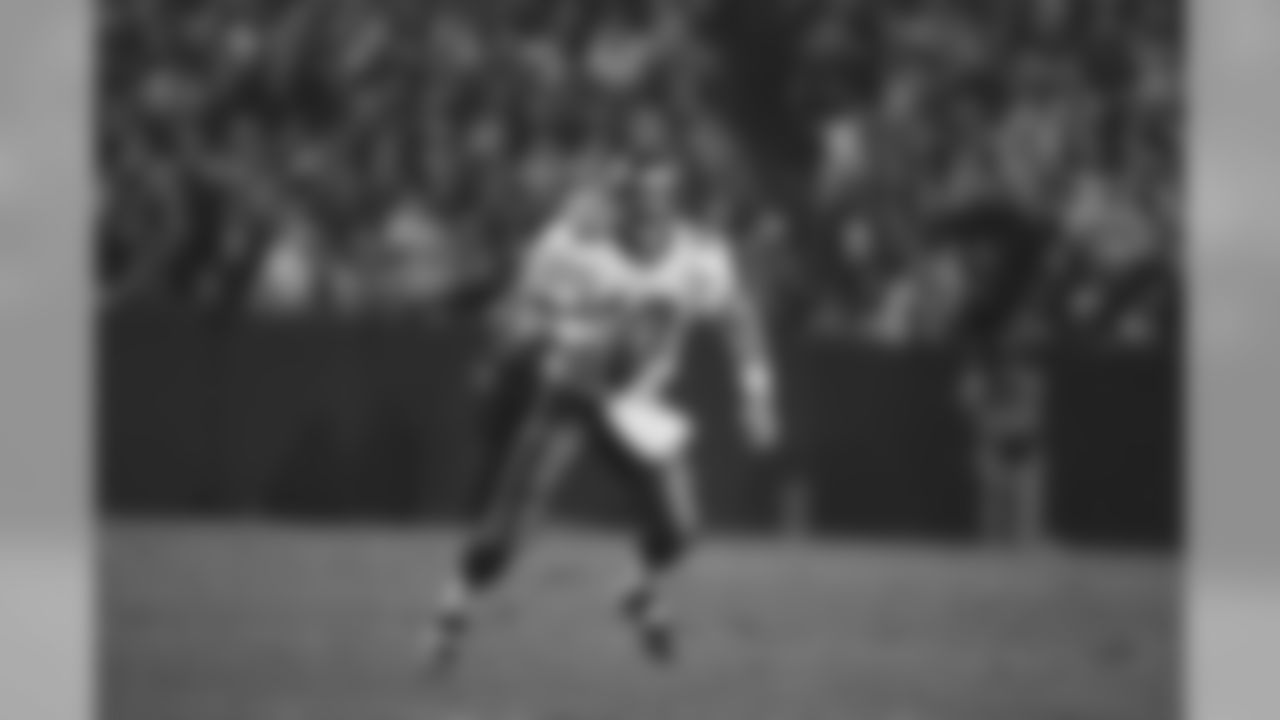
1994 - Trent Dilfer, QB

1993 - Eric Curry, DE

1991 - Charles McRae, T
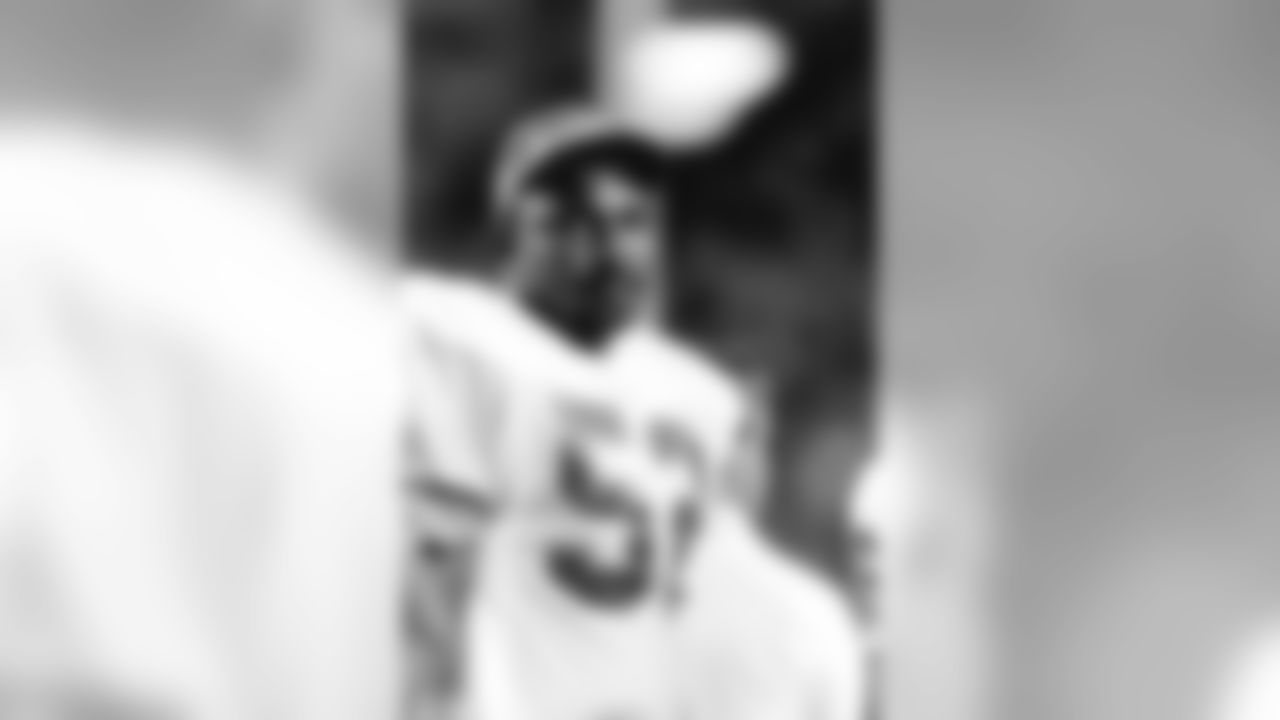
1990 - Keith McCants, LB

1989 - Broderick Thomas, LB

1988 - Paul Gruber, T
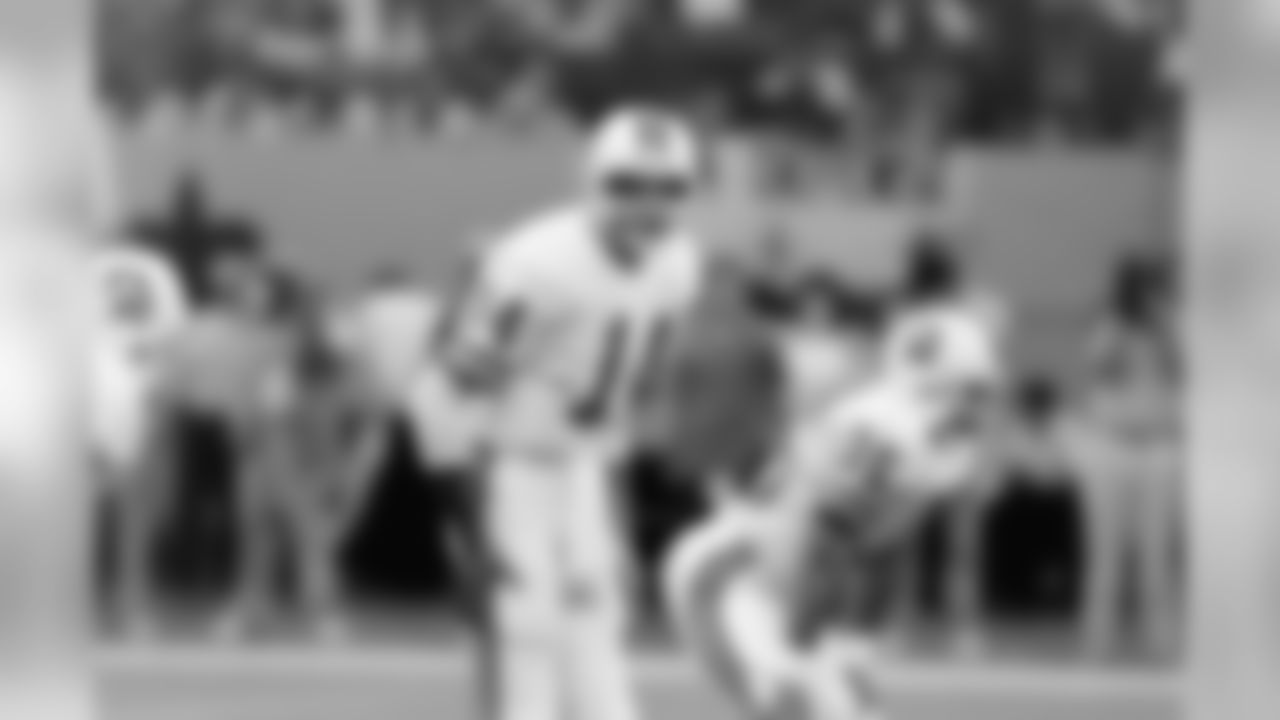
1987 - Vinny Testaverde, QB

1986- Rod Jones, DB

1985 - Ron Holmes, DE

1982- Sean Farrell, G
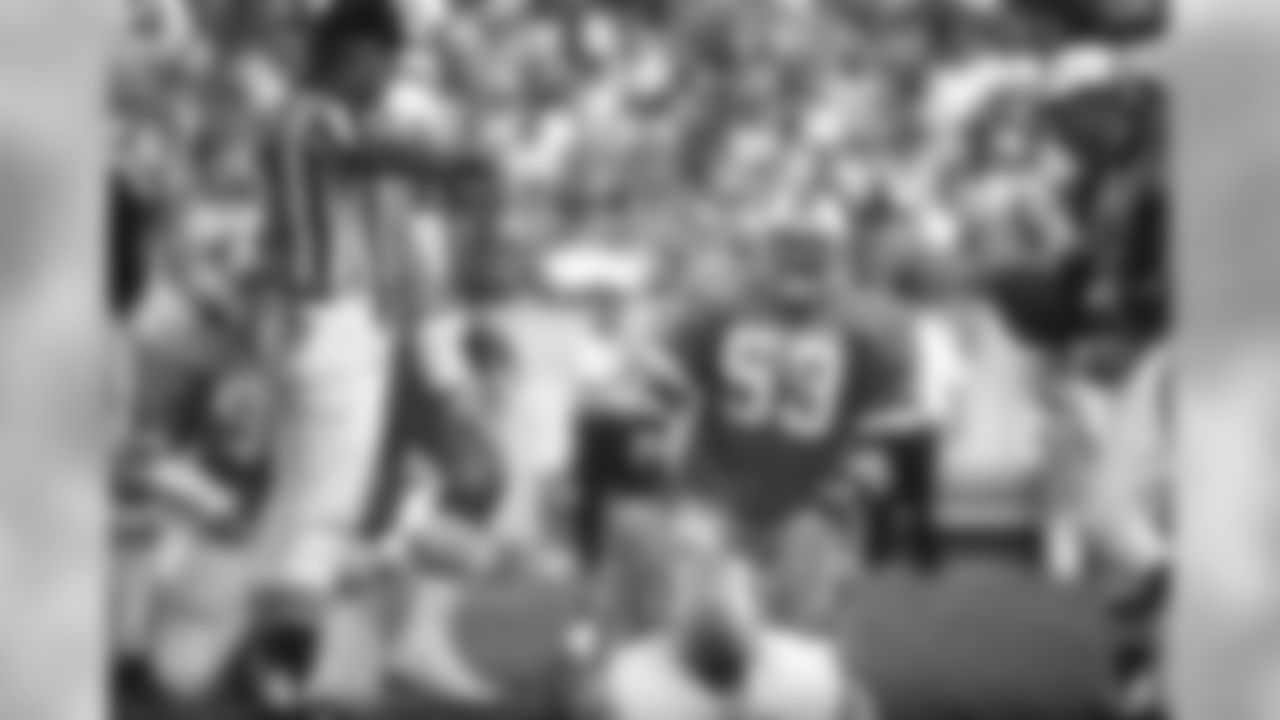
1981 - Hugh Green, LB

1980 - Ray Snell, G

1978 - Doug Williams, QB

1977 - Ricky Bell, RB

1976 - Lee Roy Selmon, DE
Last spring, the Tampa Bay Buccaneers used the seventh overall pick in the NFL draft on Florida cornerback Vernon Hargreaves, then followed with Eastern Kentucky defensive end Noah Spence at #39. That marked the first time in five years that the Buccaneers had devoted each of their first two draft picks to defense.
Hargreaves and Spence made significant and indisputable contributions to a defense that was among the league's best in the second half of the season, and to a team that improved by three wins over the previous campaign. As noted in our Return on Investment series, Hargreaves played nearly every defensive snap as a rookie and by some measures was the second most impactful defensive back from the 2016 draft class. Meanwhile, Spence had 5.5 sacks to rank sixth among rookies and third among non-first rounders.
NFL Media's Gil Brandt selected two Buccaneers to his All-Rookie team.

CB Vernon Hargreaves
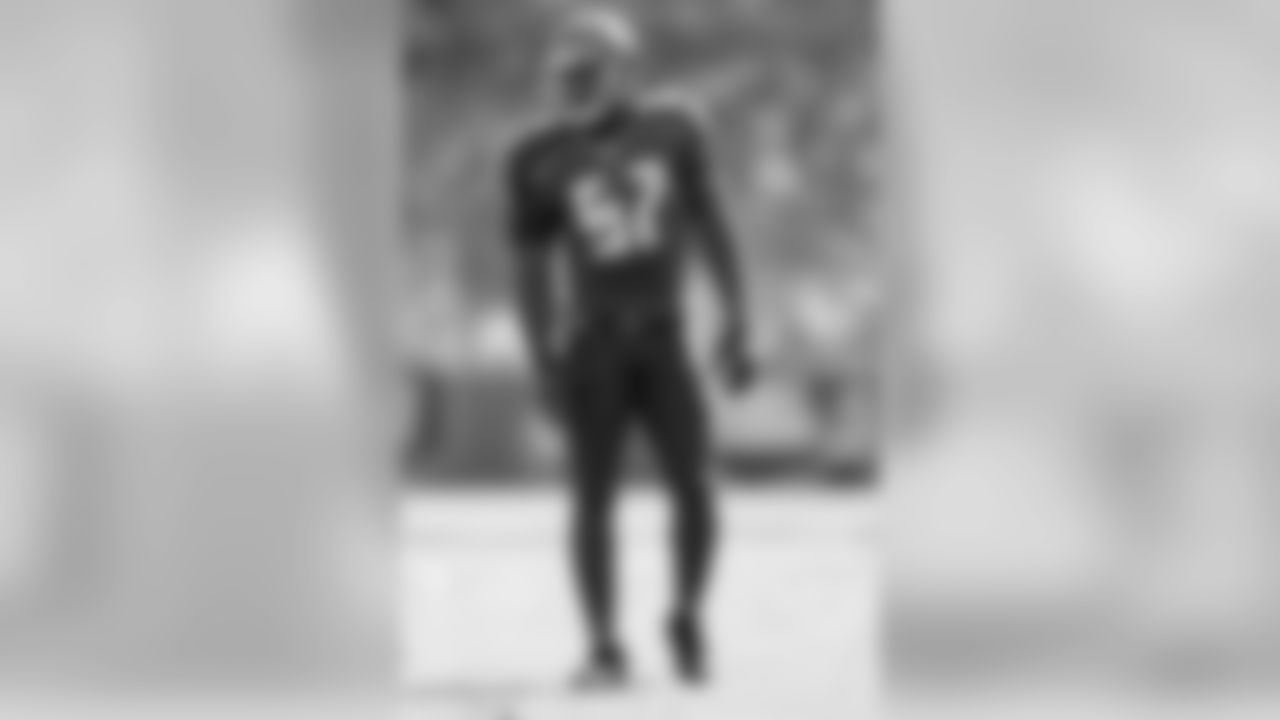
DL Noah Spence
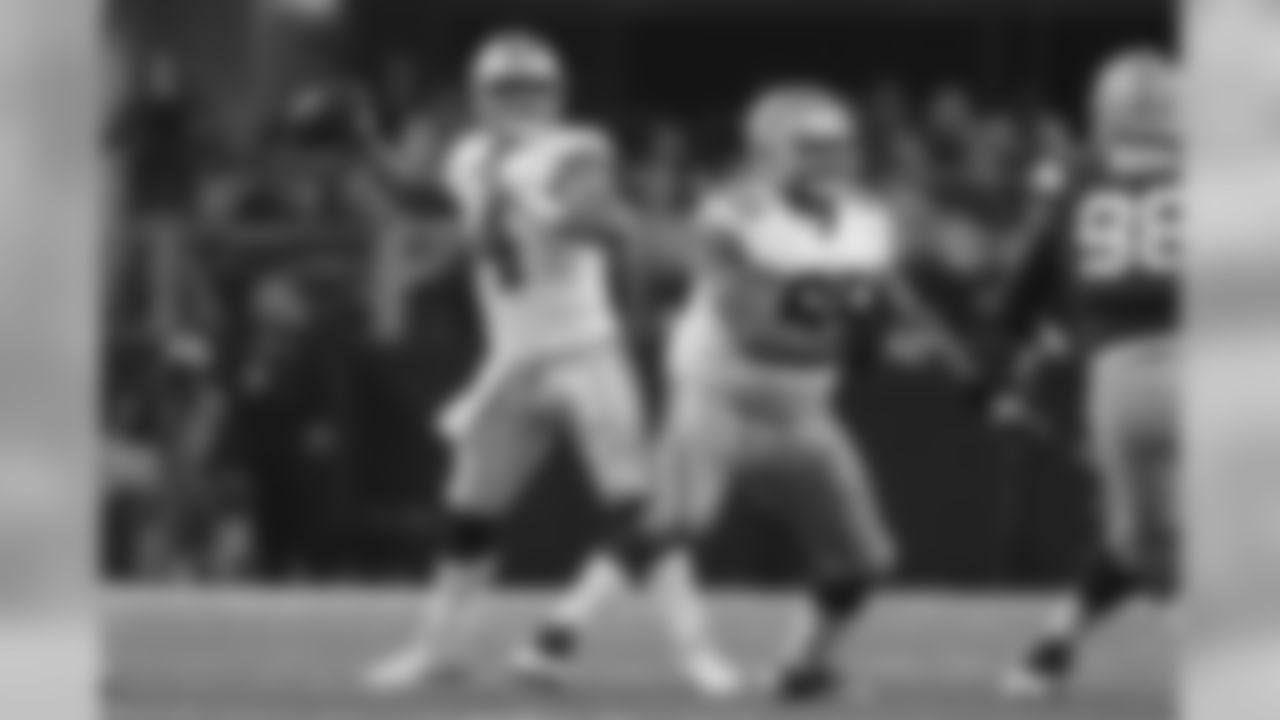
QB Dak Prescott

RB Ezekiel Elliott
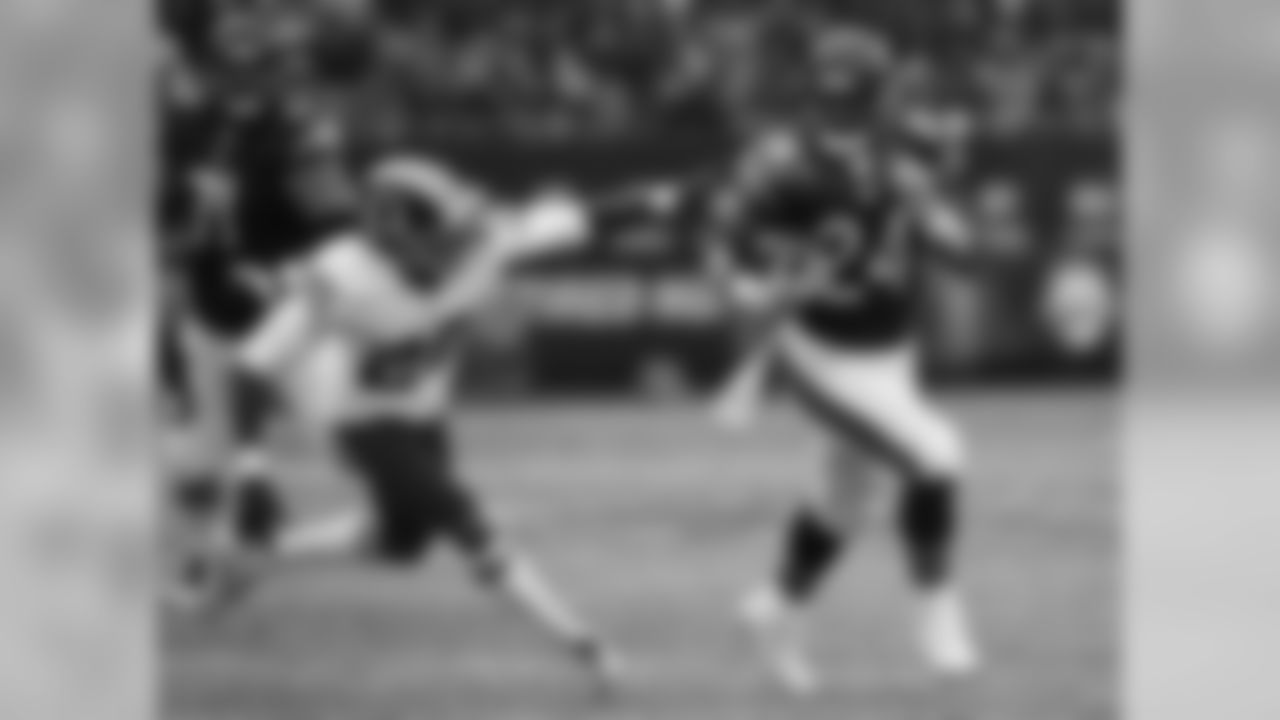
RB Jordan Howard
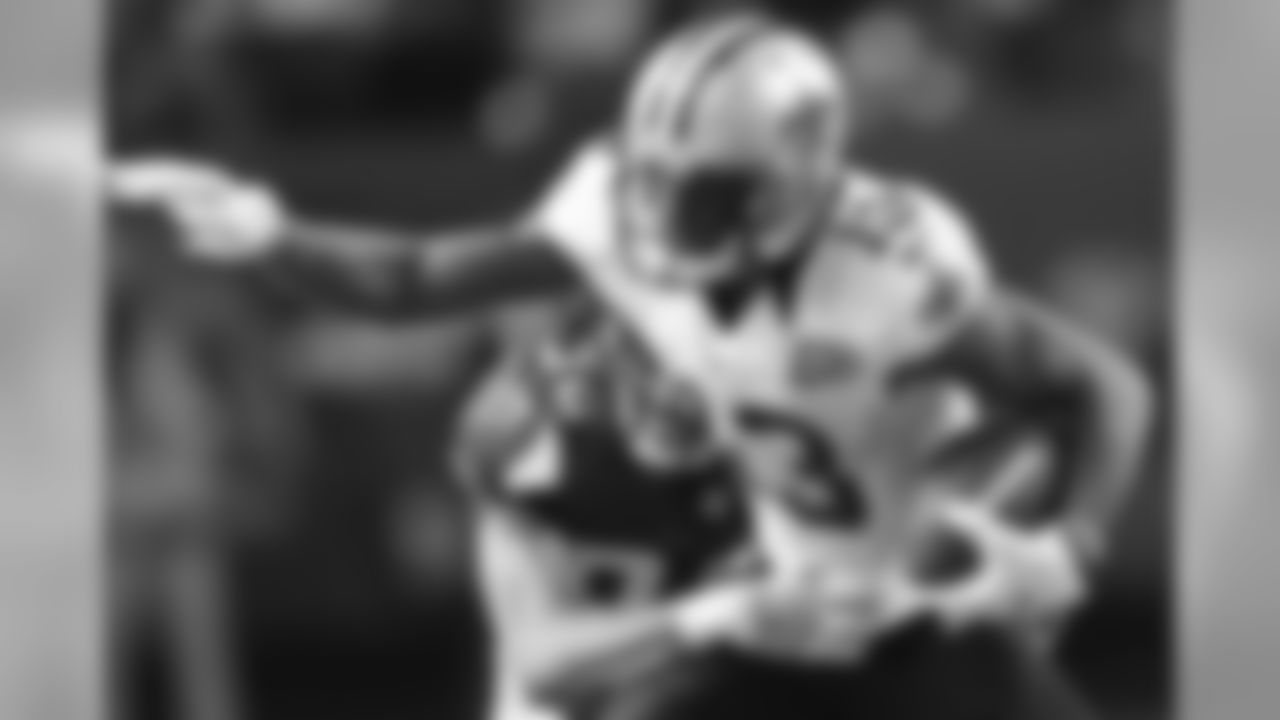
WR Michael Thomas

WR Malcolm Mitchell
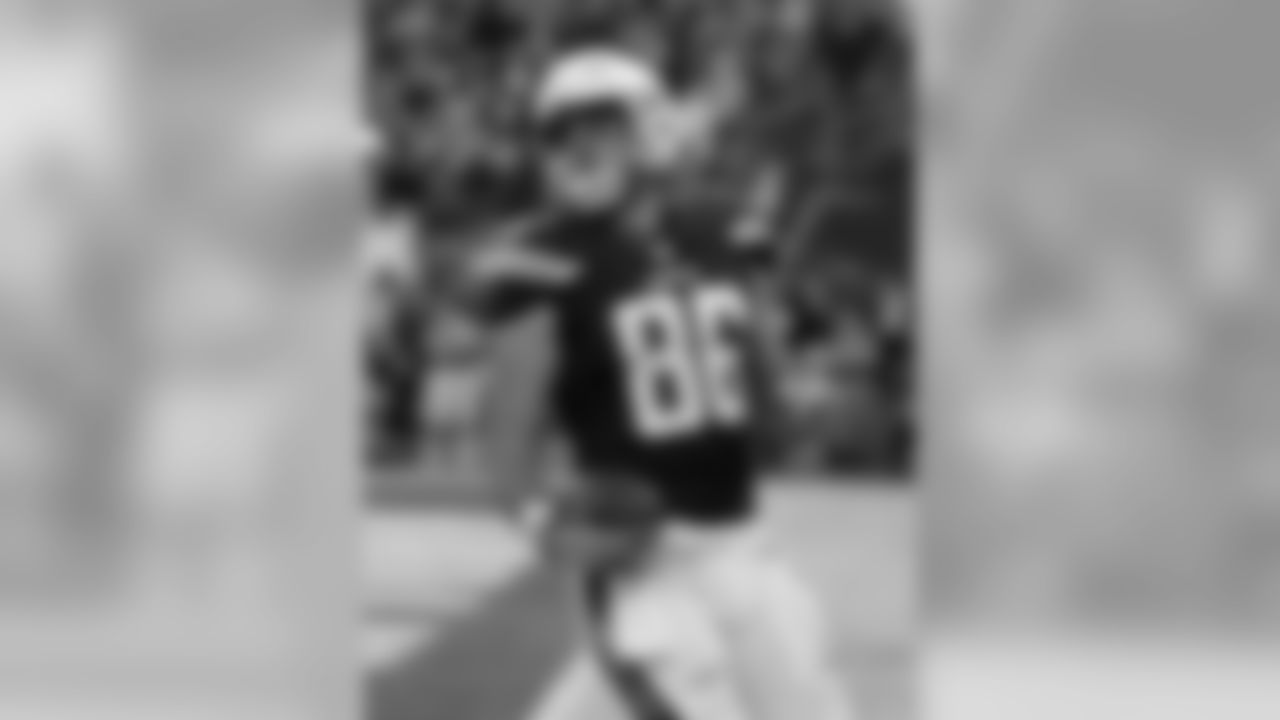
TE Hunter Henry
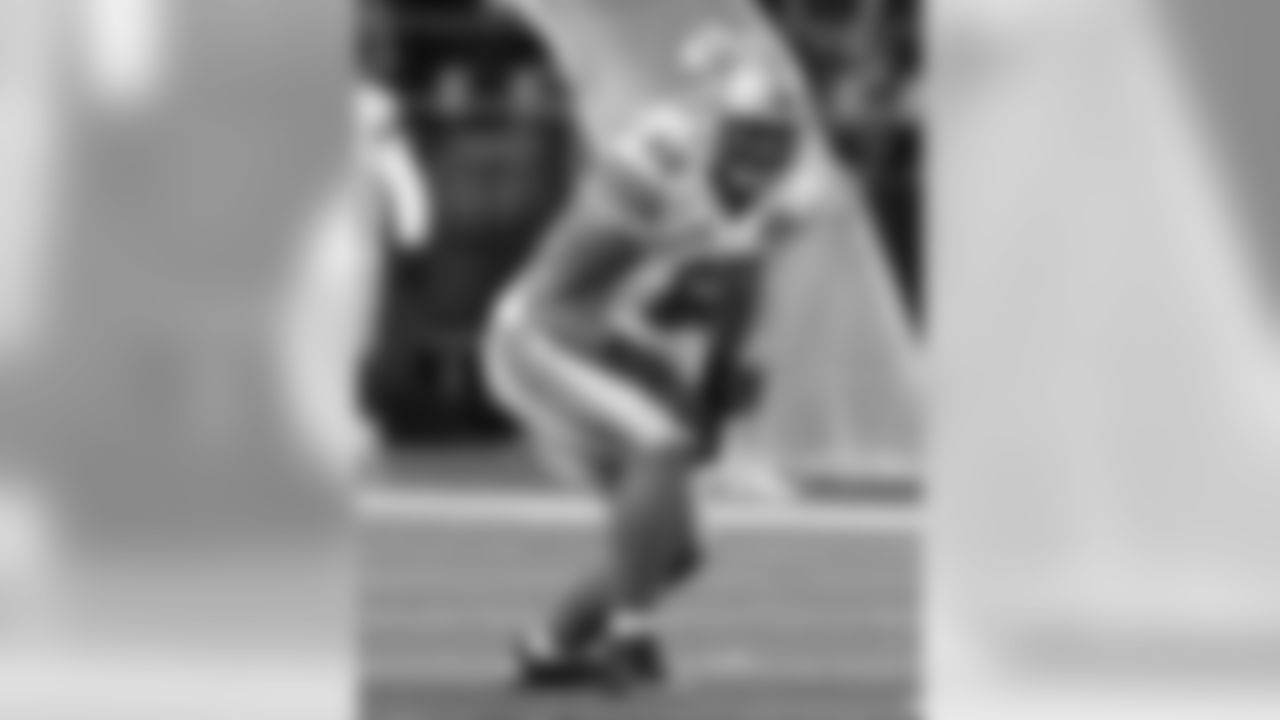
OT Taylor Decker

OT Jack Conklin
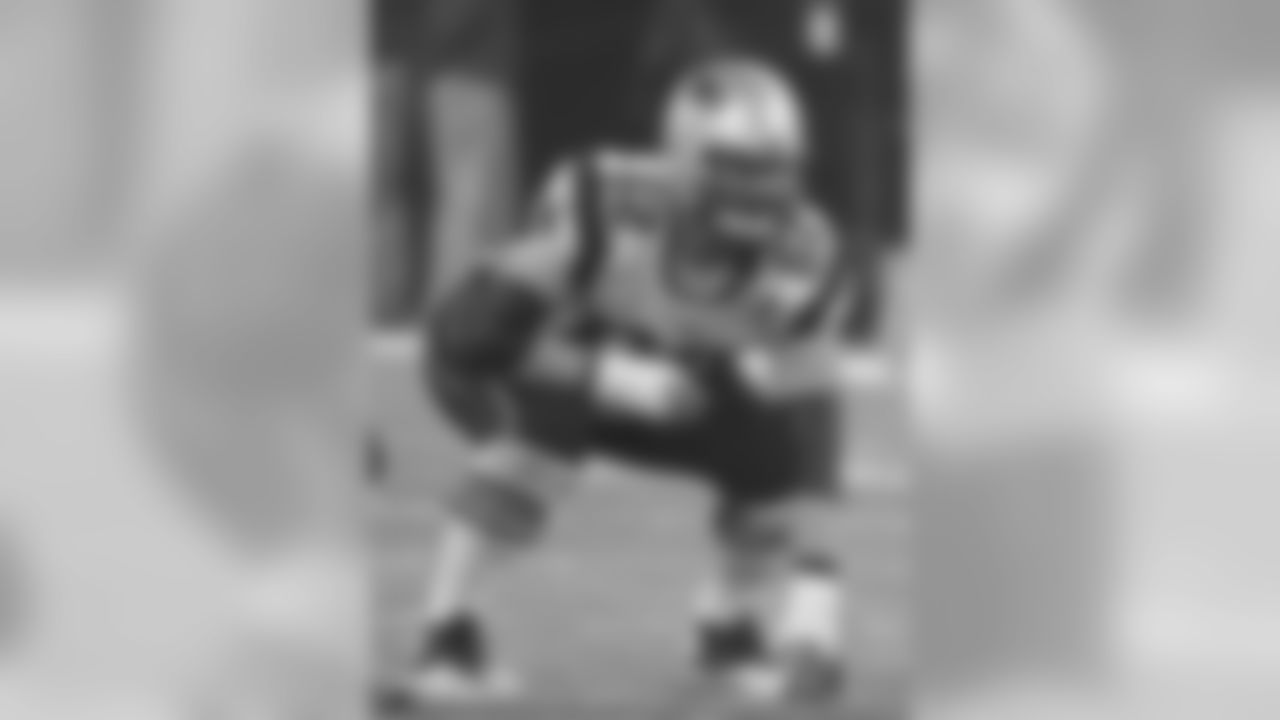
G Joe Thuney

G Laremy Tunsil

C Cody Whitehair
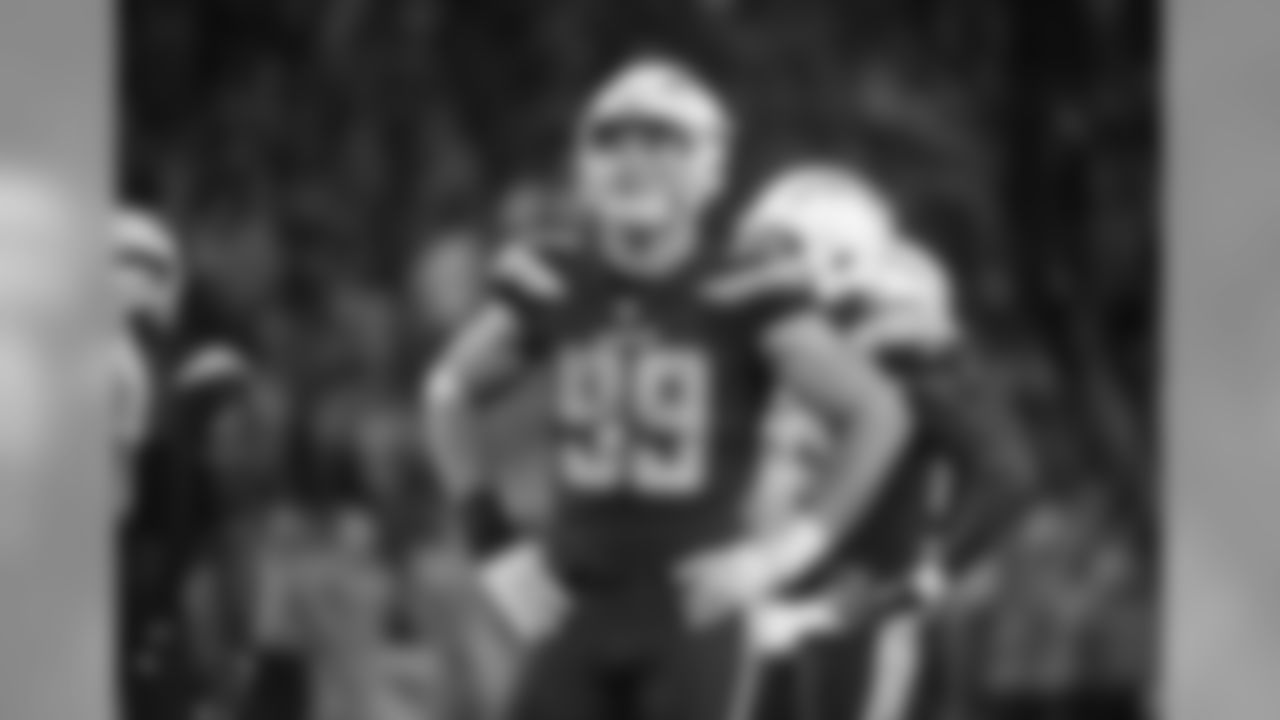
DL Joey Bosa
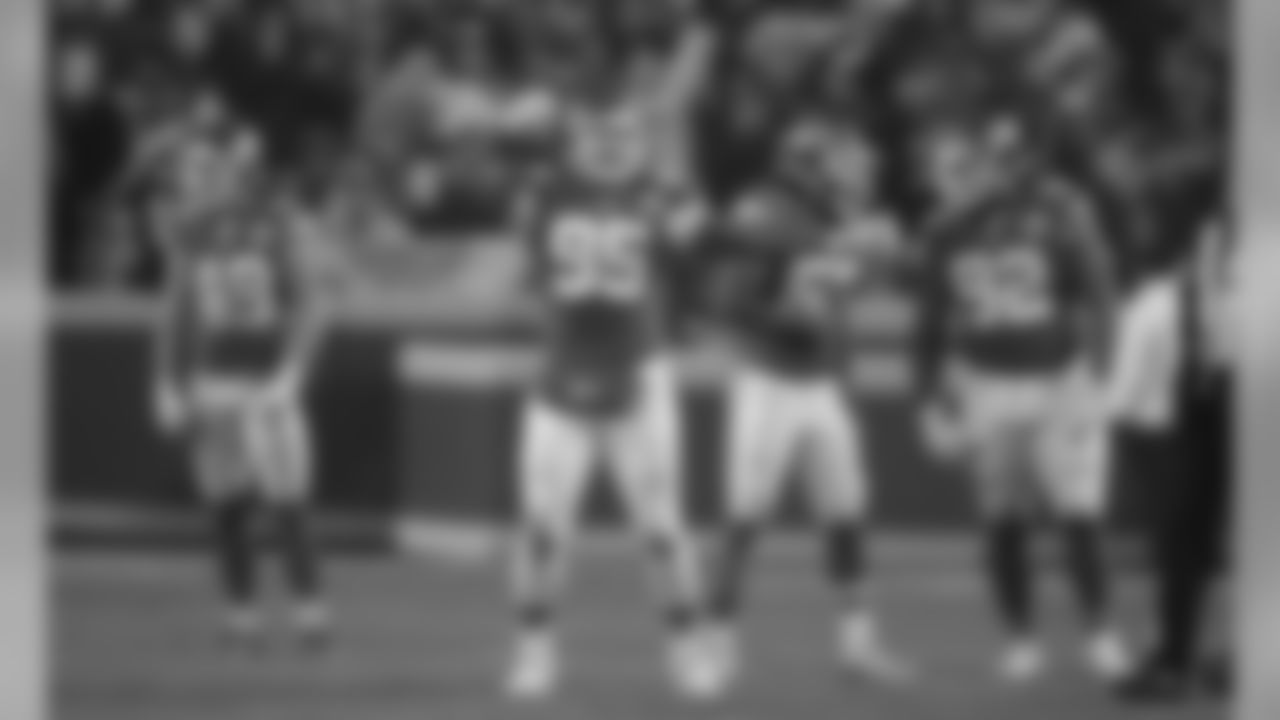
DL Chris Jones

DL DeForest Buckner

LB Deion Jones

LB Darron Lee

LB Leonard Floyd

CB Jalen Ramsey
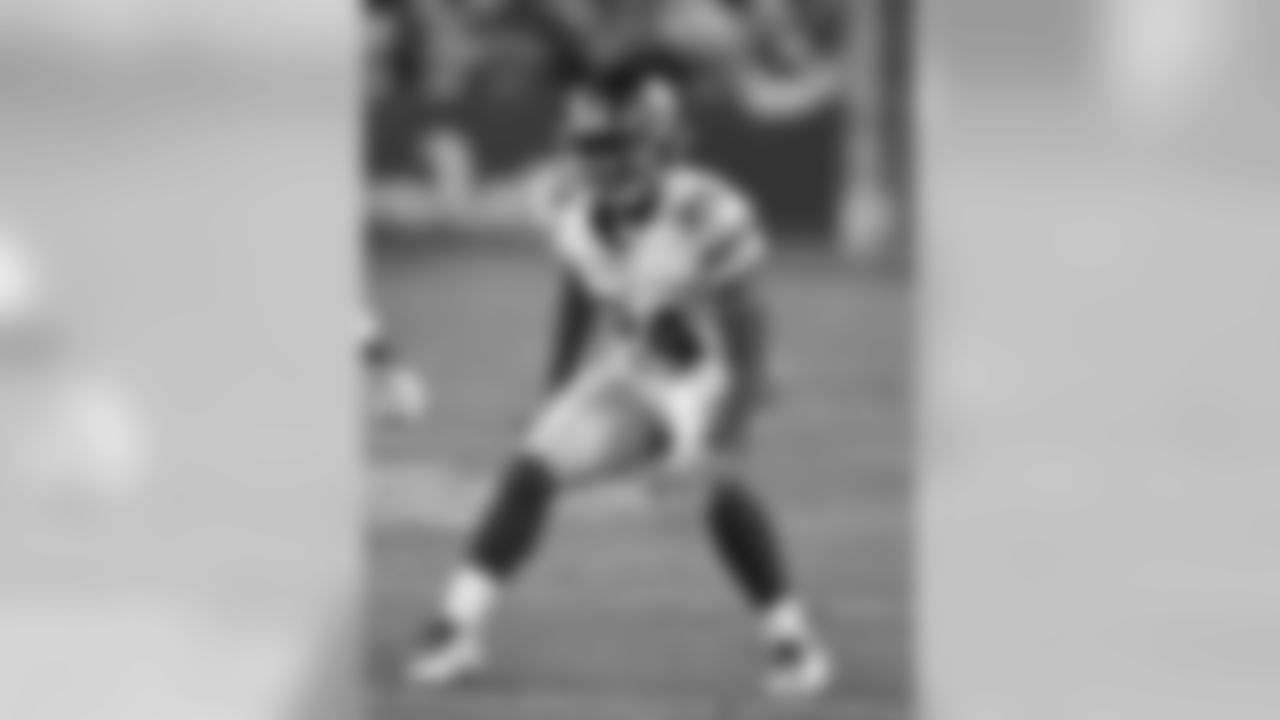
CB Eli Apple
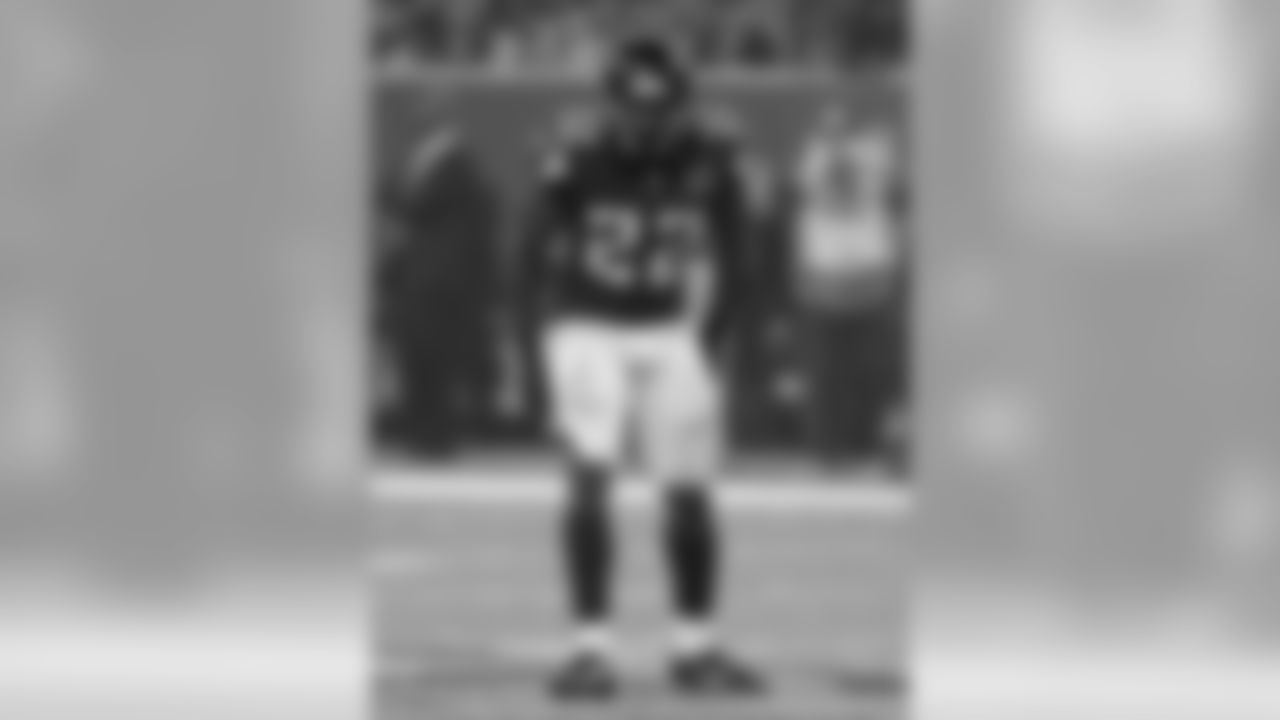
S Keanu Neal

S Sean Davis

P Drew Kaser
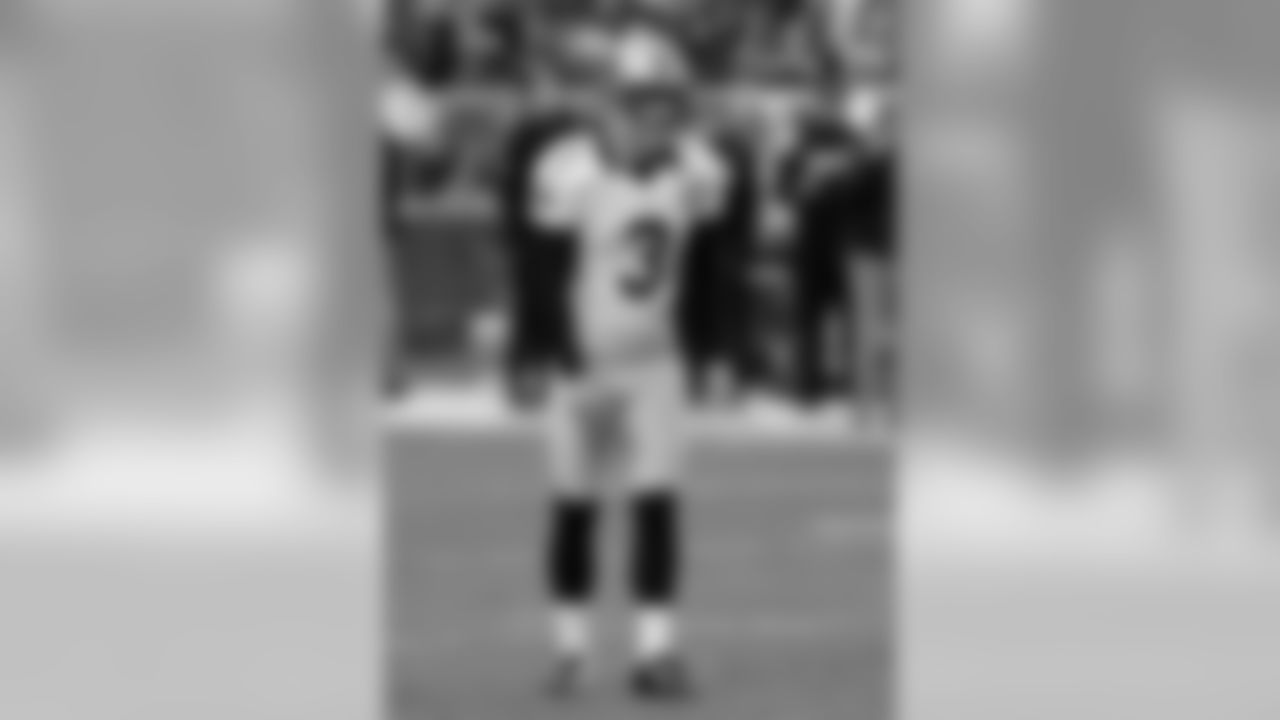
K Wil Lutz
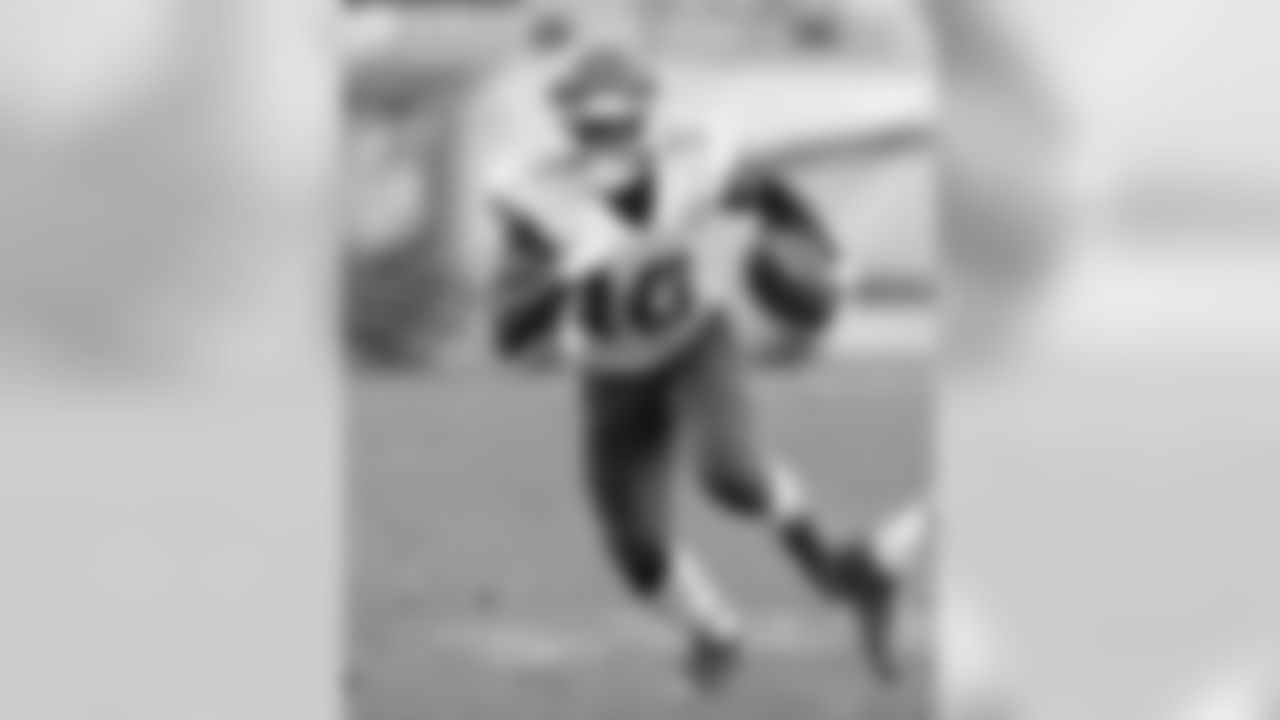
KR Tyreek Hill
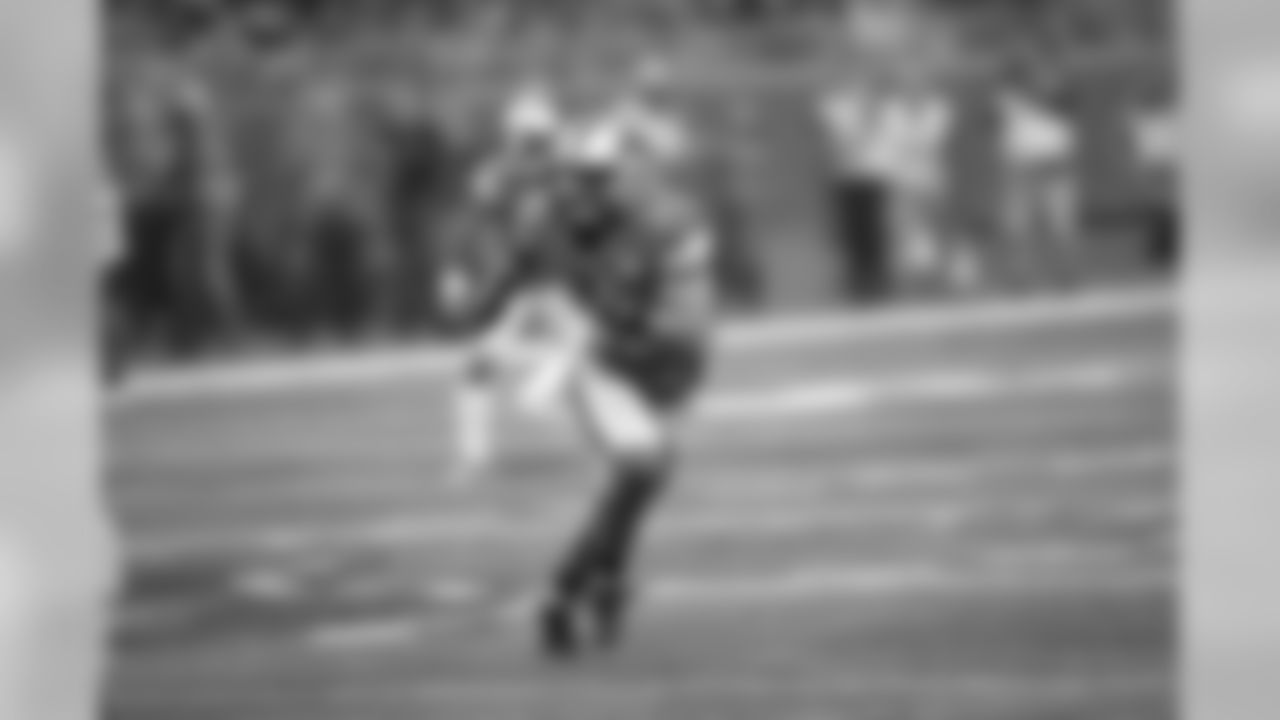
ST Miles Killebrew
It was, in other words, a good start for both Hargreaves and Spence. Obviously, though, the Buccaneers would like to see both players develop into even bigger contributors in the years to come. Given that rookies don't get a full NFL offseason until their second year, and that they go into that second offseason after already making the transition to the professional ranks, players are often expected to make their biggest leaps between Years One and Two.
Two excellent examples of this in 2016 were Atlanta Falcons' edge rusher Vic Beasley and New York Giants safety Landon Collins, whose draft slots in 2015 (eighth and 33rd, respectively) were very similar to where the Bucs got Hargreaves and Spence a year later. Beasley posted just four sacks as a rookie but led the NFL with 15.5 this past year to help Atlanta get to the Super Bowl. Collins upped his interceptions from one to five and his sacks from zero to four and was named a first-team Associated Press All-Pro.
Can the Bucs expect a similarly big leap forward from Hargreaves and/or Spence in 2017? Well, they wouldn't be the first Tampa Bay draftees to follow that pattern. Below are seven Buccaneers who made that Year Two Leap, and since we're concerned primarily with Hargreaves and Spence, they are all former defenders.
Yes, some of the examples below are literally among the best players in team history, but this wasn't just an exercise in cherry-picking. There are also some less decorated players on the list who nevertheless became very productive players in their second season. These are presented in reverse chronological order.
1. Linebacker Geno Hayes, sixth-round pick in 2008.

Hayes wasn't necessarily expected to contribute heavily on defense in his rookie season, particularly with Derrick Brooks playing one outside linebacker spot and veteran free agent Cato June arriving to play the other. Hayes played mostly on special teams, making seven kick-coverage stops in nine games, and when he did get some defensive time it resulted in a total of eight tackles and one pass defensed.
Brooks's Hall of Fame career ended after that '08 campaign and June played only one more NFL game, in Chicago, so there were opportunities for Hayes in his second year. He seized them, despite having the unenviable task of replacing Brooks. In his second year, Hayes started 13 games and filled up a rather impressive stat line. He ranked second on the team with 136 tackles, led the squad with 14 tackles for loss and added three sacks, 12 quarterback pressures, two interceptions, seven passes defensed, one forced fumble and one fumble recovery. Hayes was one of only six NFL players in 2009 to have at least 80 solo tackles, three sacks and two interceptions.
2. Defensive back Dwight Smith, third-round pick in 2001.

We specifically labeled Smith as a "defensive back" because he began his career as a cornerback before converting to safety. The Akron product was the Bucs' second pick that year because they used their second-round choice to trade up in the first round to get tackle Kenyatta Walker. Like Hayes, Smith was an instant hit on special teams as a rookie, but even more so. In fact, he tied for the NFL lead with 22 kick-coverage stops, but he didn't play much on defense, finishing with five tackles and three passes defensed. In 2002, however, Smith carved out a very important role on one of the best defenses in NFL history. He took over the nickel back job and picked off four passes in addition to 10 passes defensed. That year culminated in the Buccaneers' first league title and Smith's finest moment, as he became the first (and only) player in league history to return two interceptions for touchdown in the Super Bowl. The following year, the Buccaneers made Smith one of their starting safeties and he would go on to have a fine eight year career in Tampa, Detroit, Minnesota and New Orleans.
3. Defensive tackle Anthony McFarland, first-round pick in 1999.

McFarland is a better analogue for Hargreaves and Spence in that he was a high draft pick who was expected to contribute early. At the time he was drafted, the Buccaneers' starting defensive tackle duo was future Hall of Famer Warren Sapp and the productive Brad Culpepper. Sapp and Culpepper kept those jobs on a very good '99 defense, recording 12.5 and 6.0 sacks, respectively, as the Buccaneers went 11-5 and made it to the NFC Championship Game. McFarland was in the rotation but he didn't start a game and had just 13 tackles and one sack. However, he obviously showed great promise during the 2000 offseason because the Buccaneers surprisingly chose to release Culpepper at the end of the preseason and give the starting job opposite Sapp to McFarland. The decision paid off, as McFarland racked up 65 tackles and a (career-high) 6.5 sacks while Culpepper finished a good NFL career with one year and one sack in Chicago.
4. Cornerback Ronde Barber, third-round pick in 1997.

This might be the best example on the list, as Barber played only one game in his rookie season, and it wasn't due to injury. (That goes without saying for Barber, who never missed a game due to injury in his entire 16-year NFL career.) The Bucs' coaching staff activated him for one game five weeks into the season, didn't see anything to change their minds and put him back on the inactive list for the rest of the regular season. However, Barber steadily improved in practice, to the point that, when the playoffs arrived, he was suddenly given the nickel back job in the divisional round at Green Bay. That progress continued during the offseason, and in 1998 Barber arrived as a playmaker in a hurry. He started out as a nickel back, then filled in for three games for injured left cornerback Donnie Abraham and finally grabbed the right cornerback job for good from Anthony Parker. Barber gave a glimpse of the two-way coverage-rush threat he would become in the slot by recording three sacks and two interceptions. He also had 68 tackles, two forced fumbles and a team-high 17 passes defensed.
5. Defensive tackle Warren Sapp, first-round pick in 1995.

This Year Two progression was equal parts Sapp's development and a very significant coaching change. Sapp was drafted 12th overall by Sam Wyche's Buccaneers but he played only one season under Wyche before Tony Dungy took over in 1996 and made a point of building his defense around Sapp and Derrick Brooks. Sapp was by no means a poor player as a rookie, but he started only half the season and his 3.0 sacks were the lowest total of his first nine NFL campaigns. He blossomed in his second year under Dungy with nine sacks, and that was just the beginning, as he would average 11 sacks over the next five years. Even those numbers don't quite do Sapp's development into an impact player justice – by the end of the 1996 season he was the fulcrum around which the Buccaneers' soon-to-be-legendary defense turned.
6. Defensive tackle David Logan, 12th-round pick in 1979

That is not a misprint: David Logan was a 12th-round selection, #307 overall, taken just after the Buccaneers had selected the unforgettable duo of Henry Vereen and Bob Rippentrop. That Logan even had an NFL career to speak of is remarkable; he is without a doubt the greatest low-round pick in franchise history. Unsurprisingly, he didn't play much as a rookie, particularly on a team that would finish with the NFL's #1-ranked defense and a spot in the NFC Championship Game. Logan played in just five games as a rookie, as he spent the first two-thirds of the season on injured reserve, though his one tackle did happen to be a sack (unofficial at the time, as sacks would only become official in 1982). In 1980, starting nose tackle Randy Crowder went on injured reserve after two games and in stepped Logan. He would finish with four sacks, 92 tackles and five tackles for loss, and he even returned a fumble 60 yards for a touchdown. That is still tied for the fourth-longest fumble return in franchise history.
7. Defensive end Lee Roy Selmon, first-round pick in 1976.

Selmon is mostly on this list because his rookie season was limited to eight games by injury. The first-overall pick in '76 – and the first college draft pick in franchise history – was clearly an impact player from the start, with two (unofficial) sacks in his first game and four in his first four outings. Still, the Buccaneers couldn't have hoped for much better of a sophomore leap from Selmon, who was able to start every game and instantly emerged as one of the NFL's best pass-rushers. Selmon improved from five sacks as a rookie to 13 in 1977, and after not causing or recovering a fumble in 1976 he had five of the former and two of the latter. Selmon, the first Buccaneer Hall of Fame inductee, obviously didn't stop there, but his biggest NFL leap by far came between Years One and Two.






















